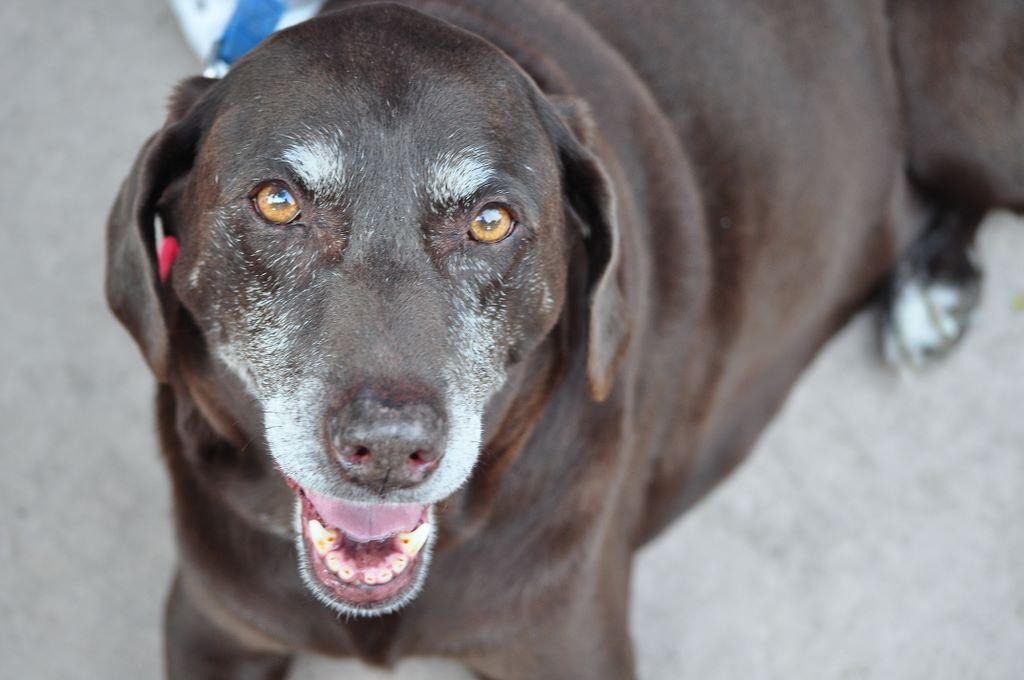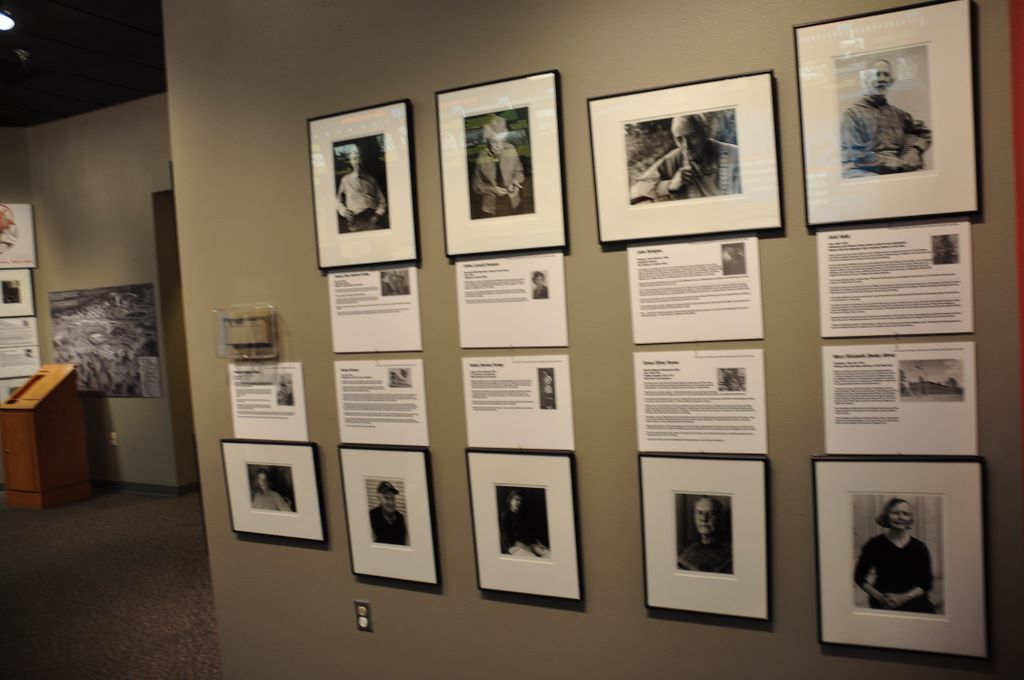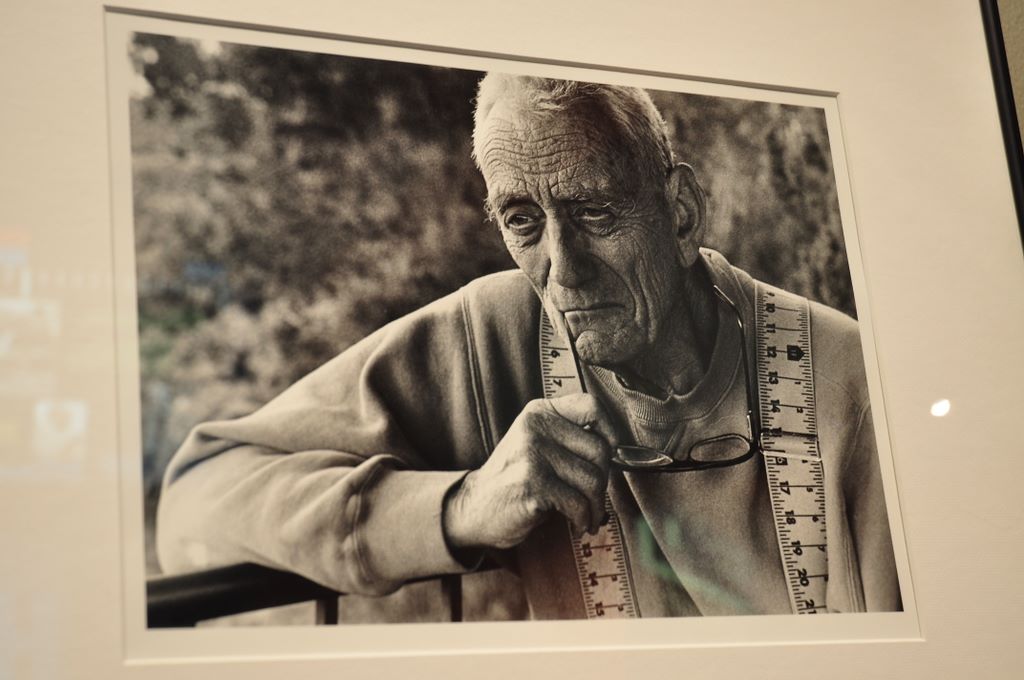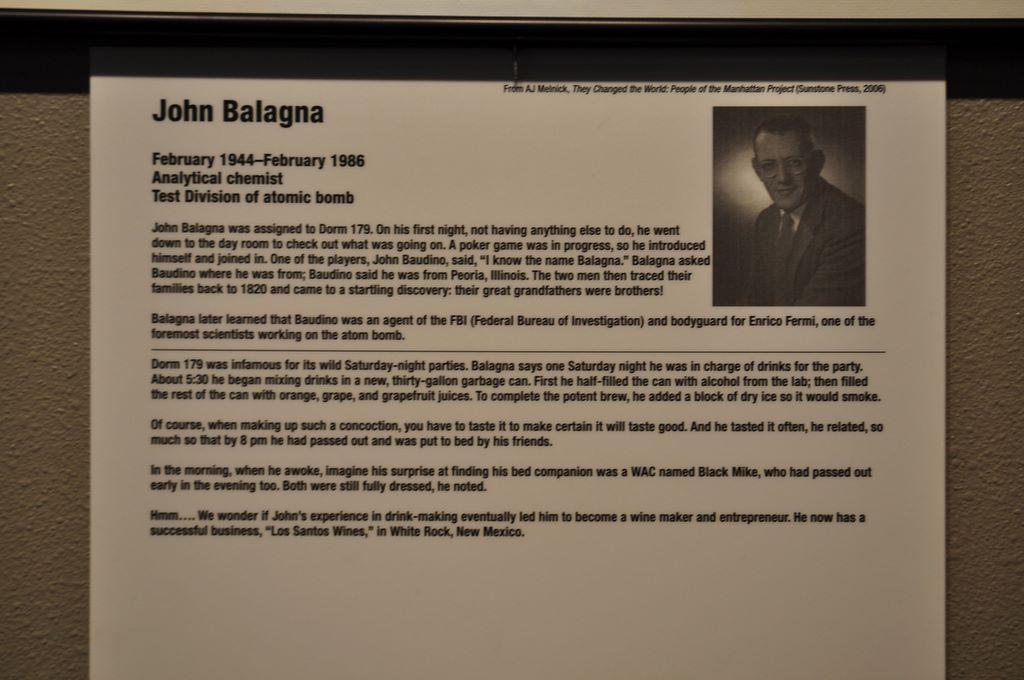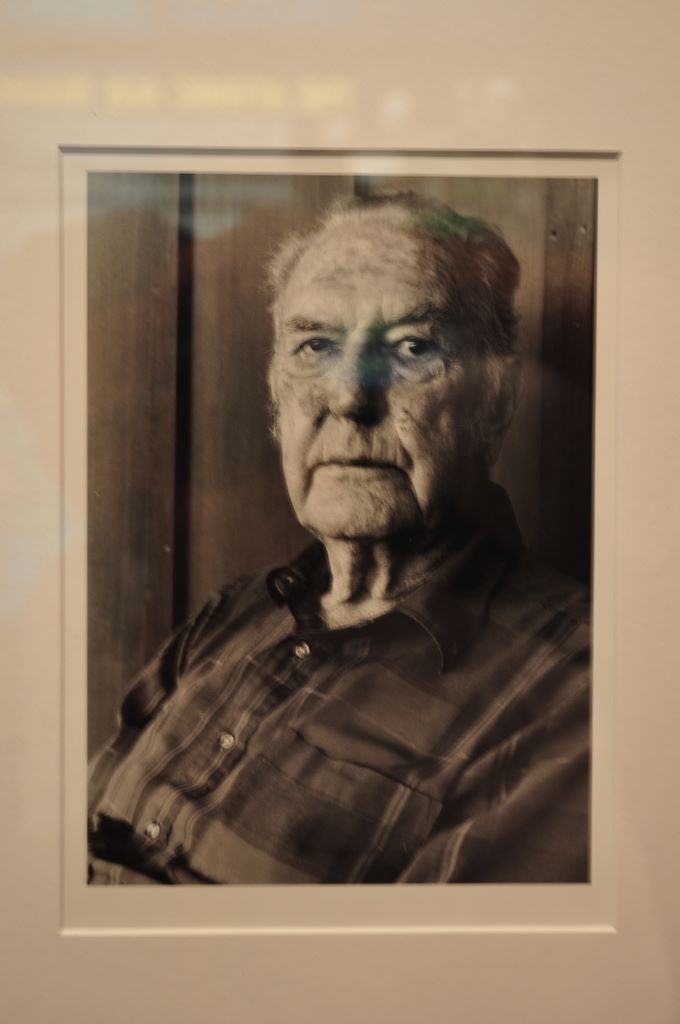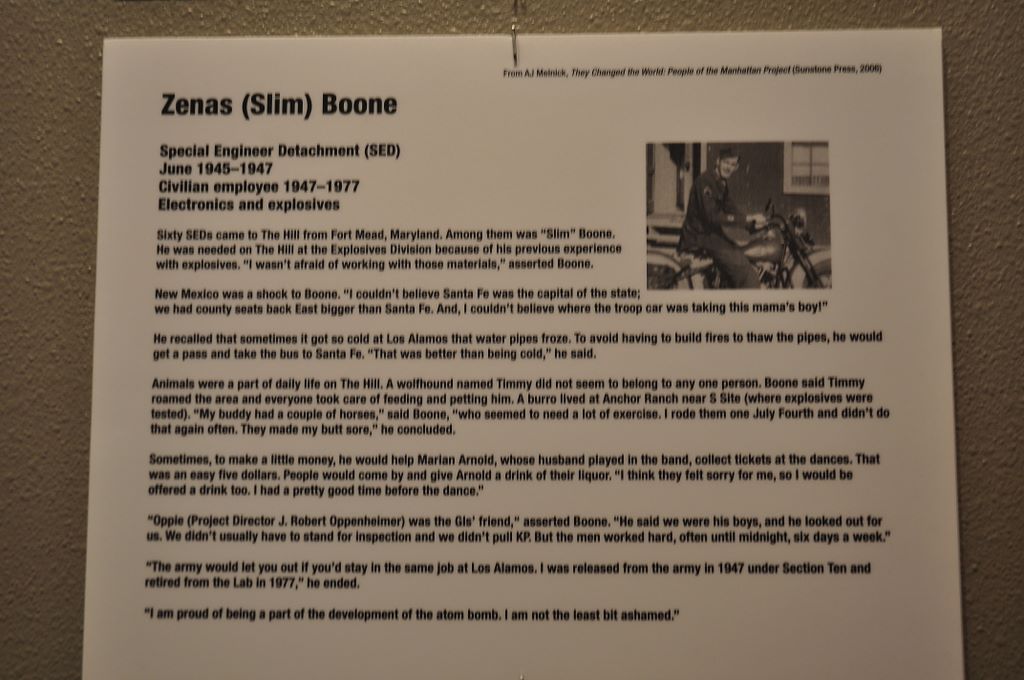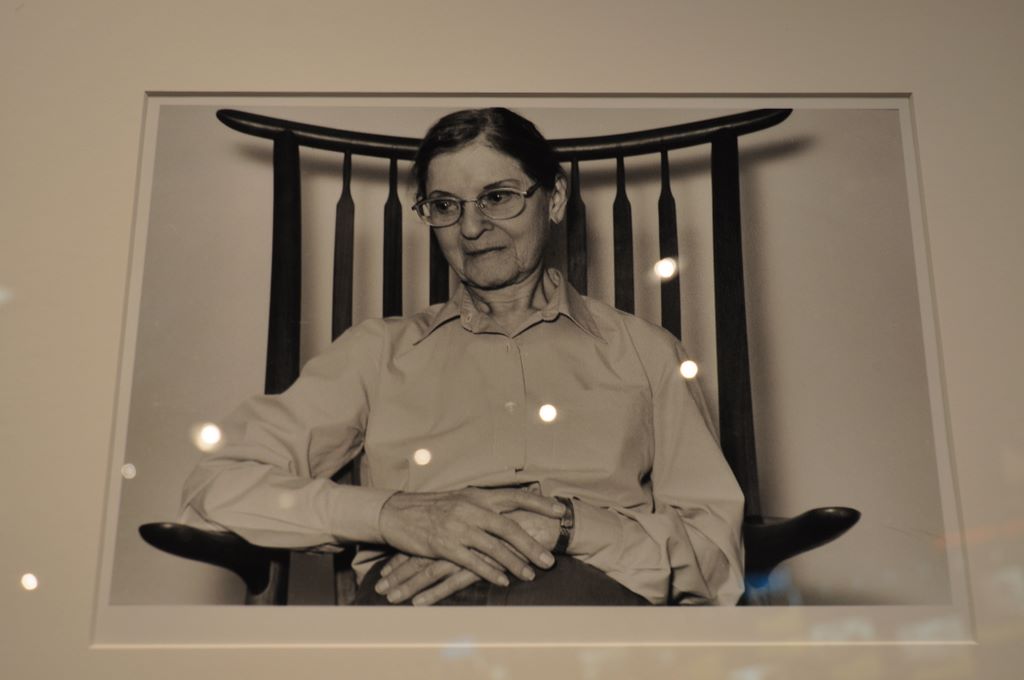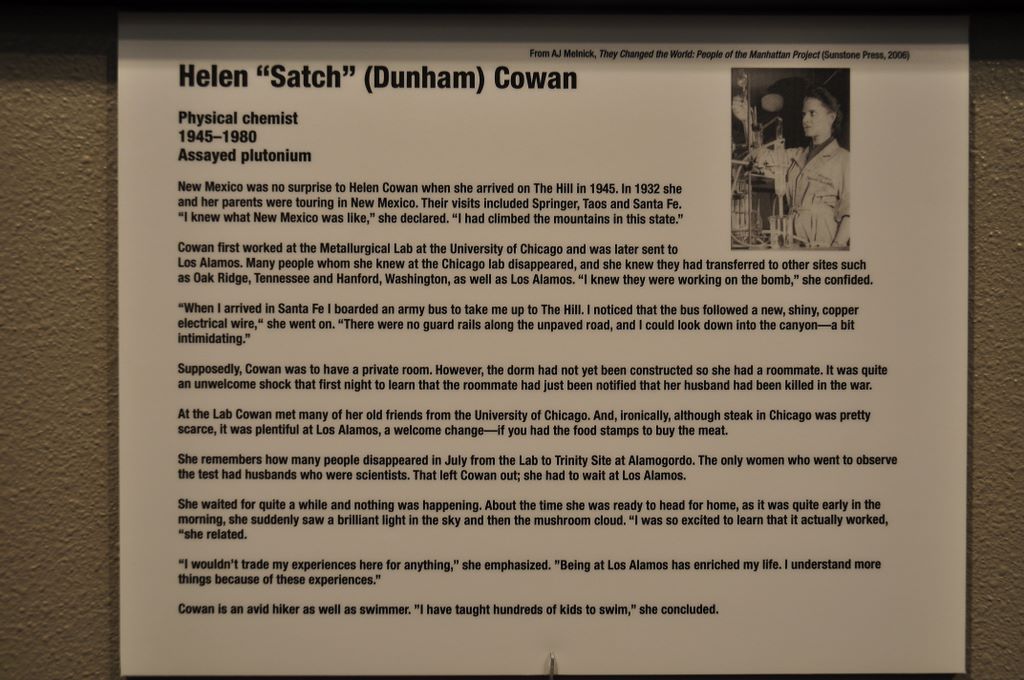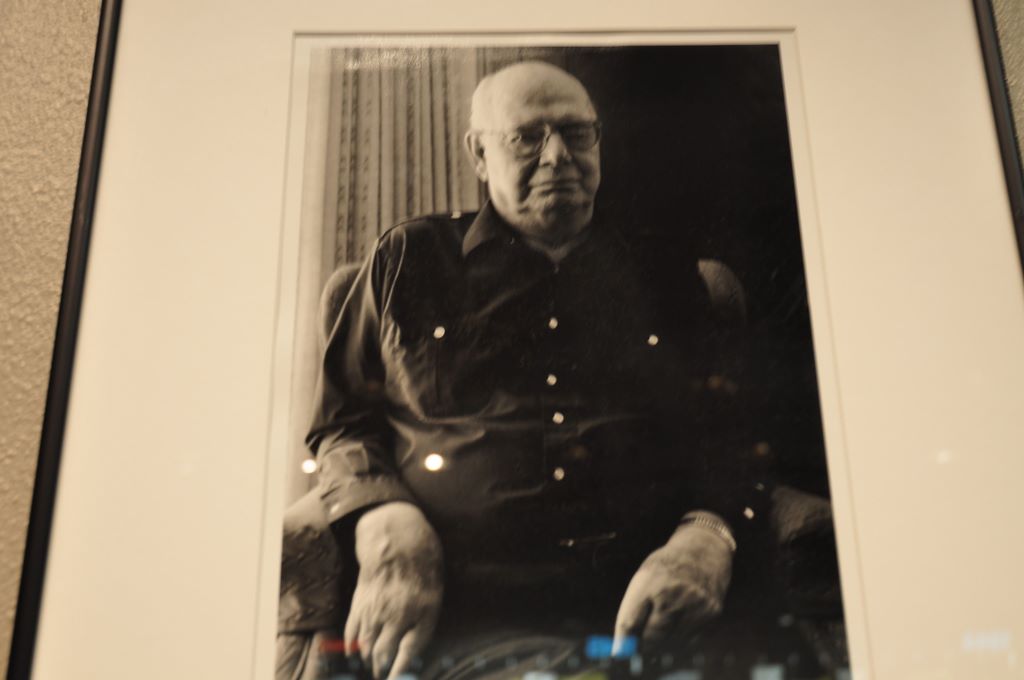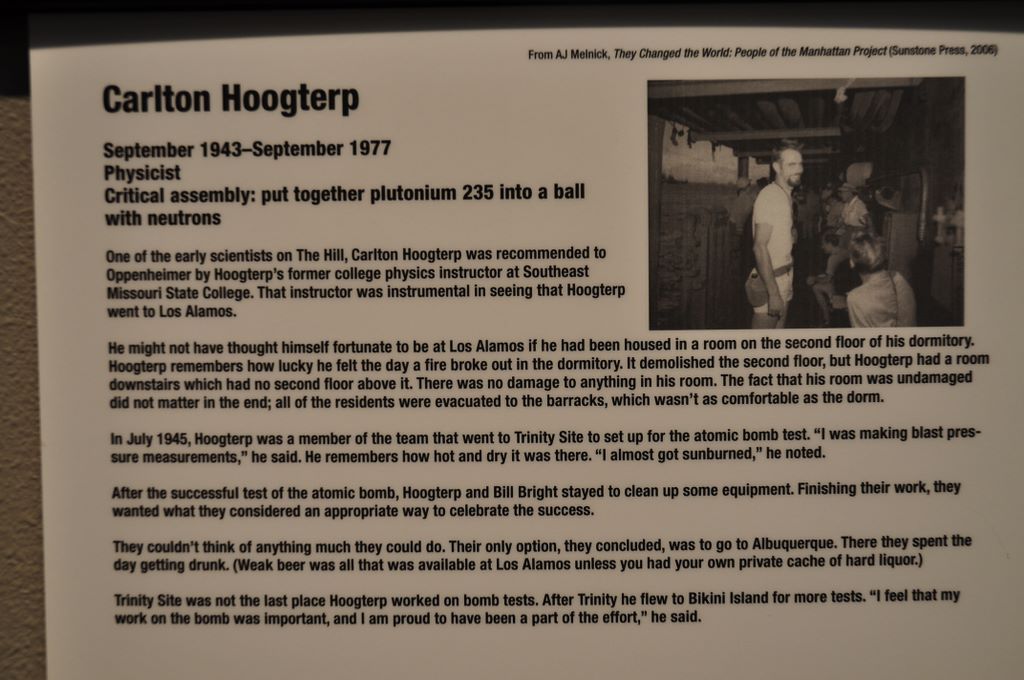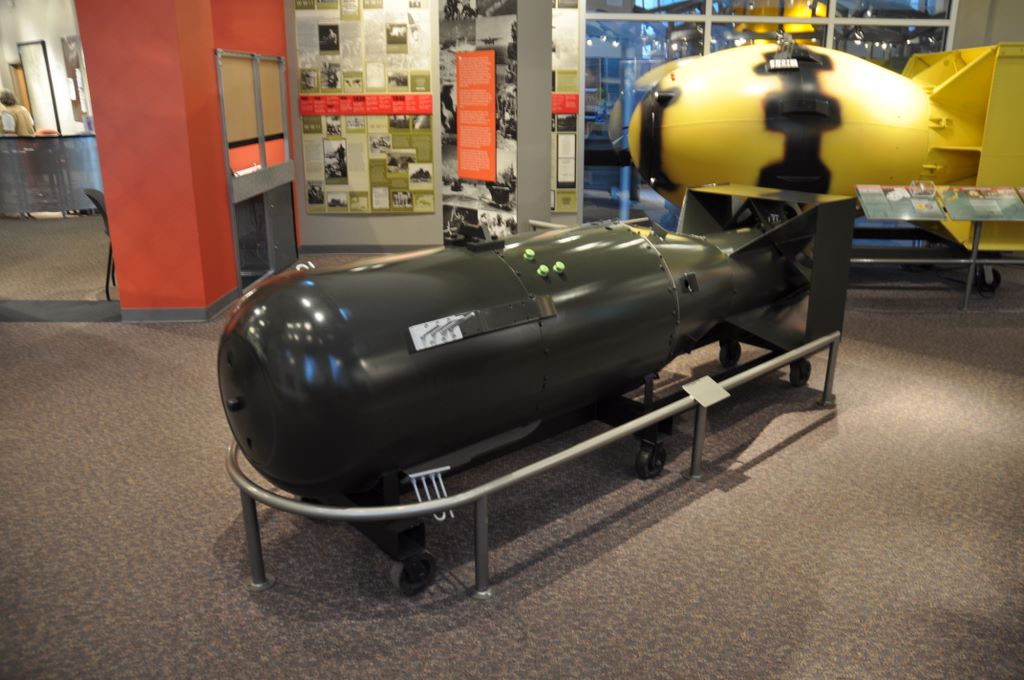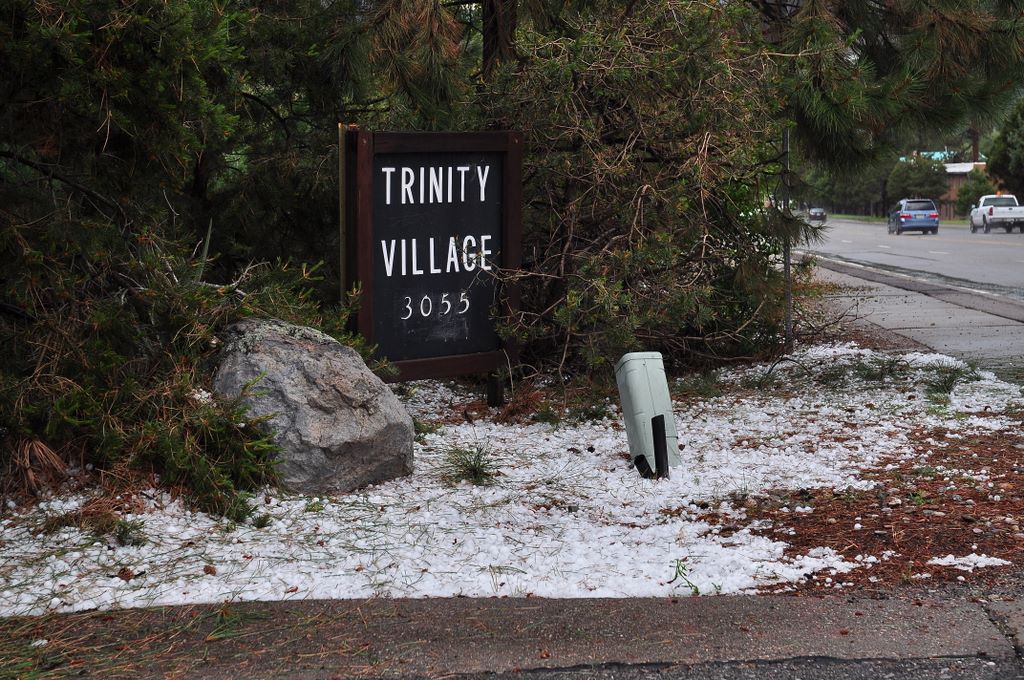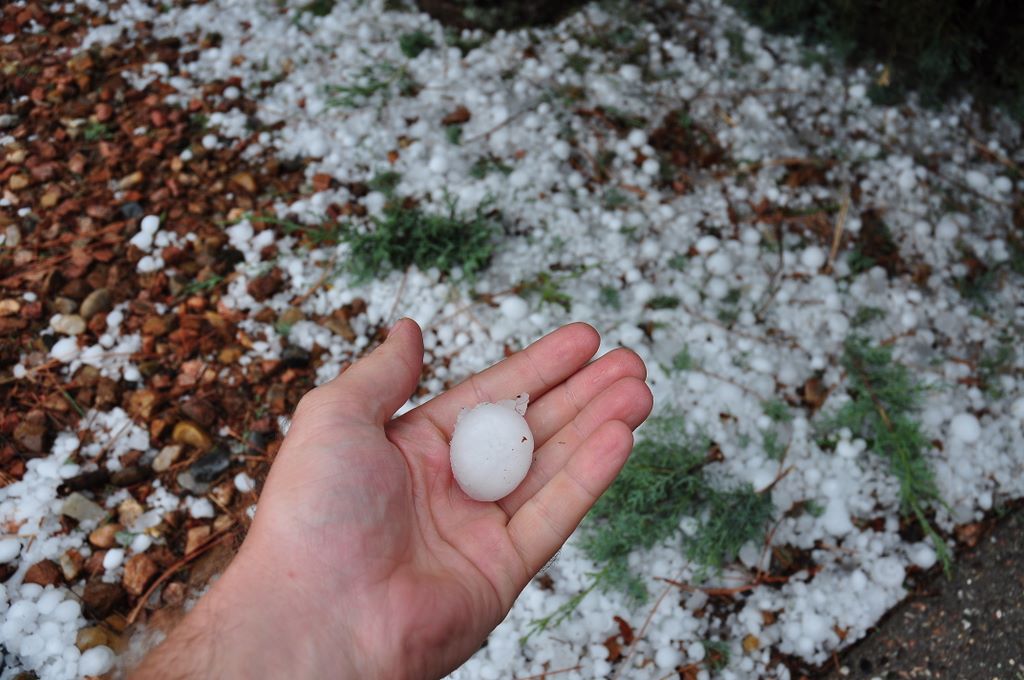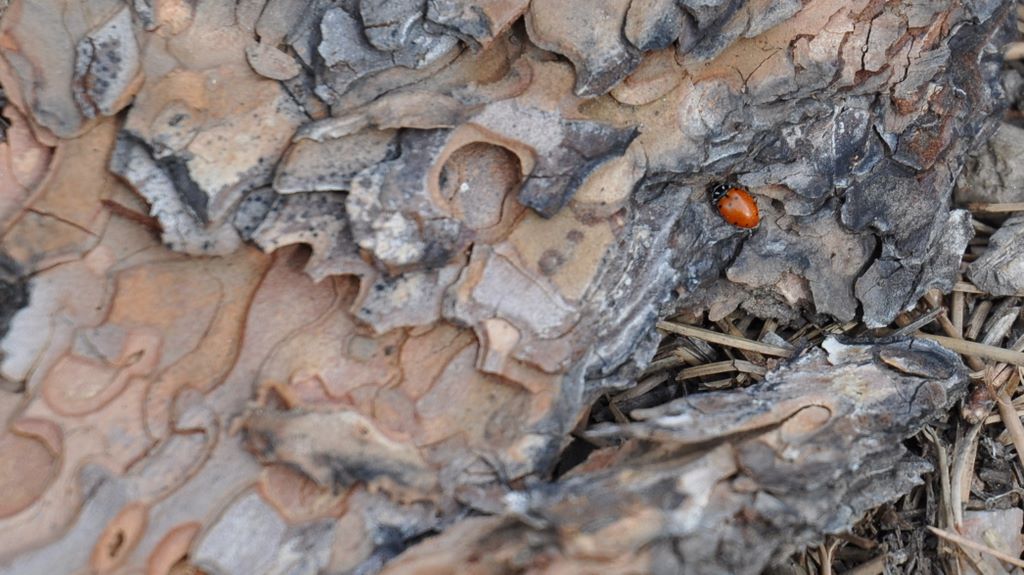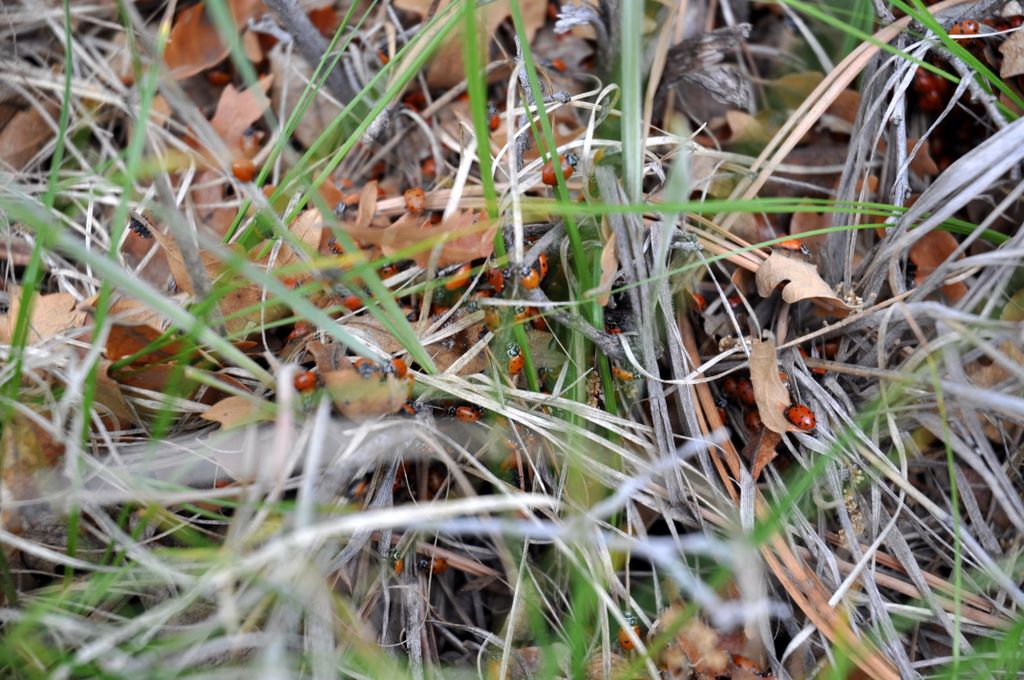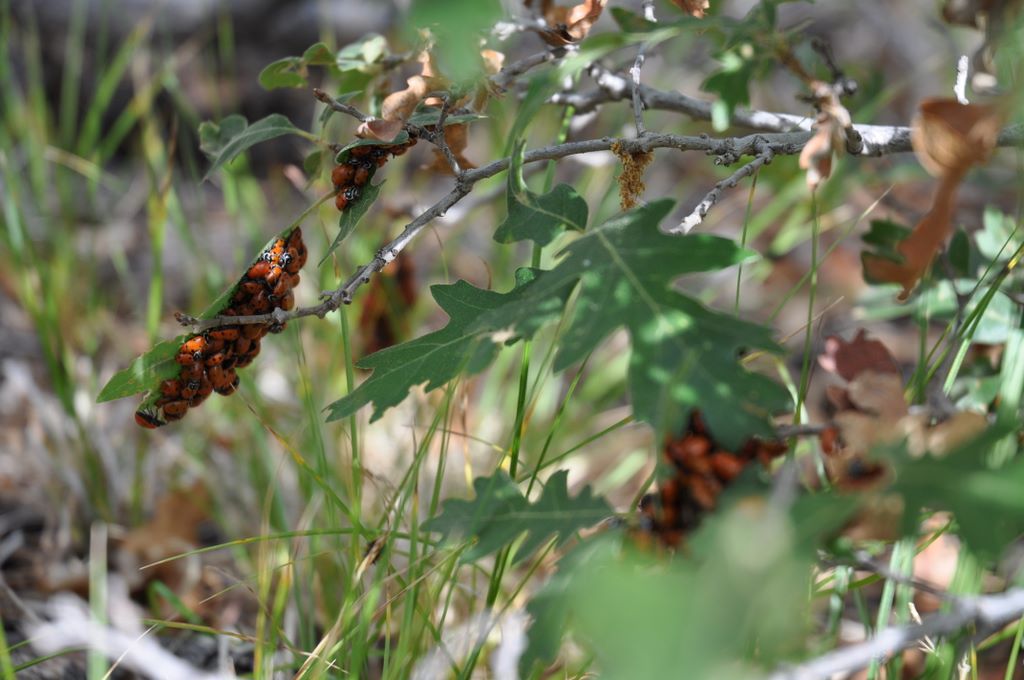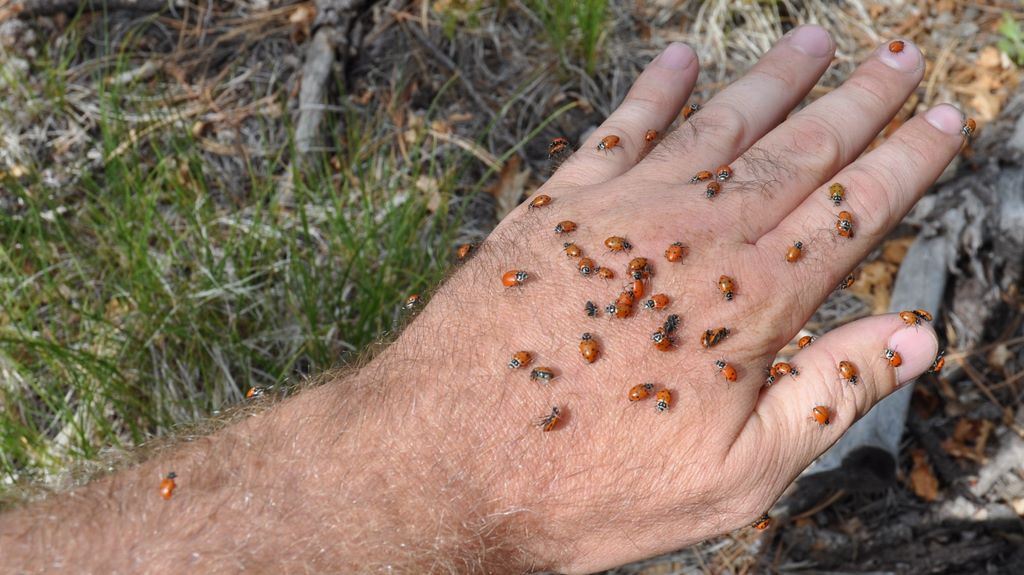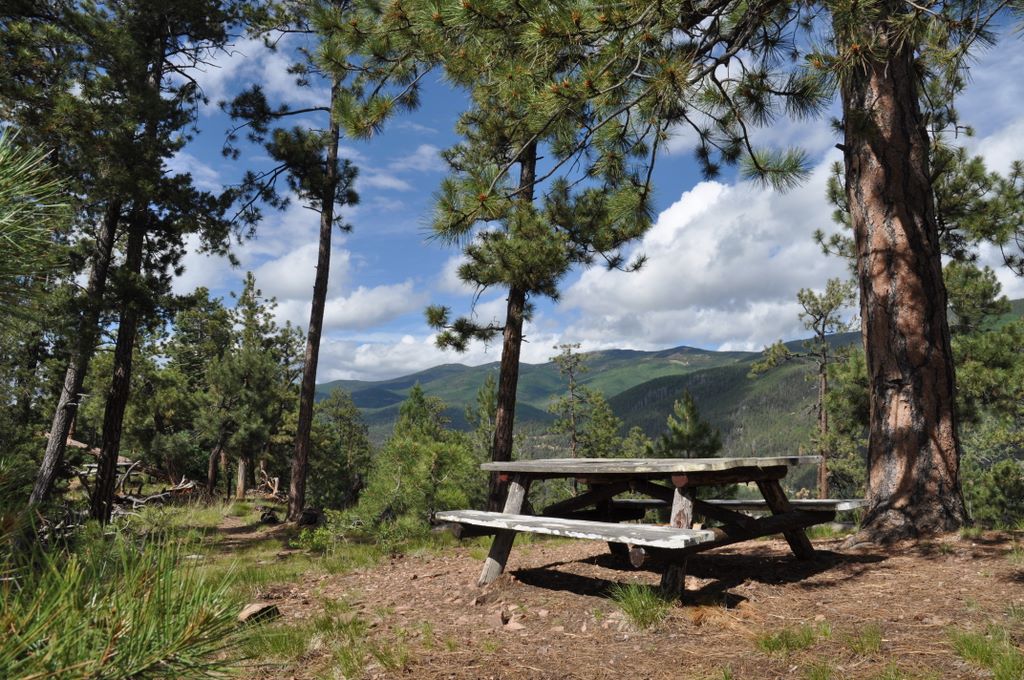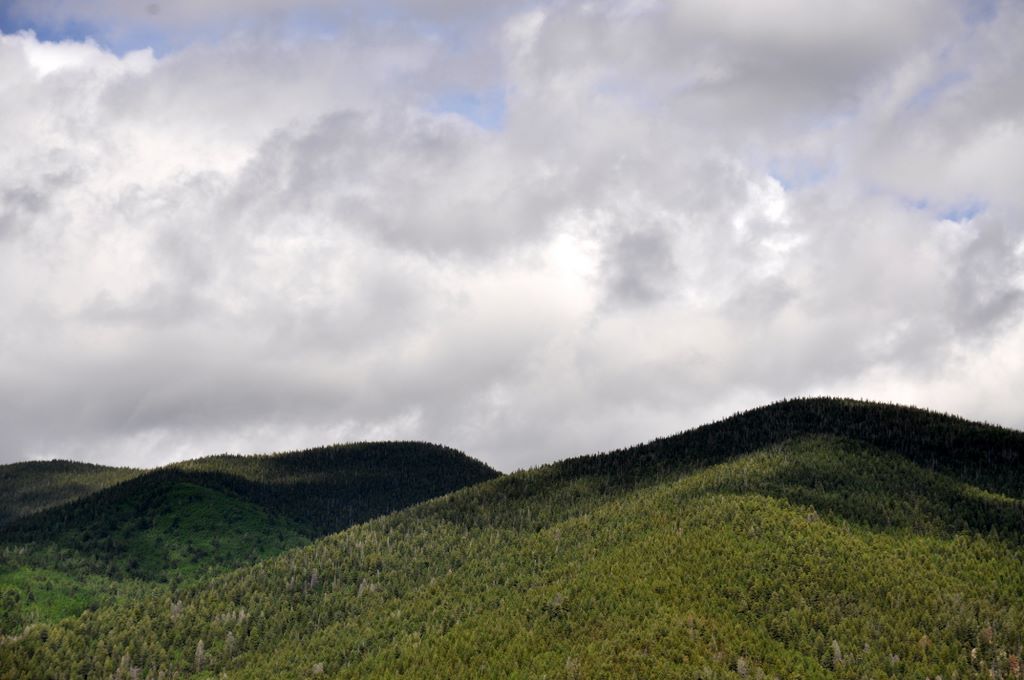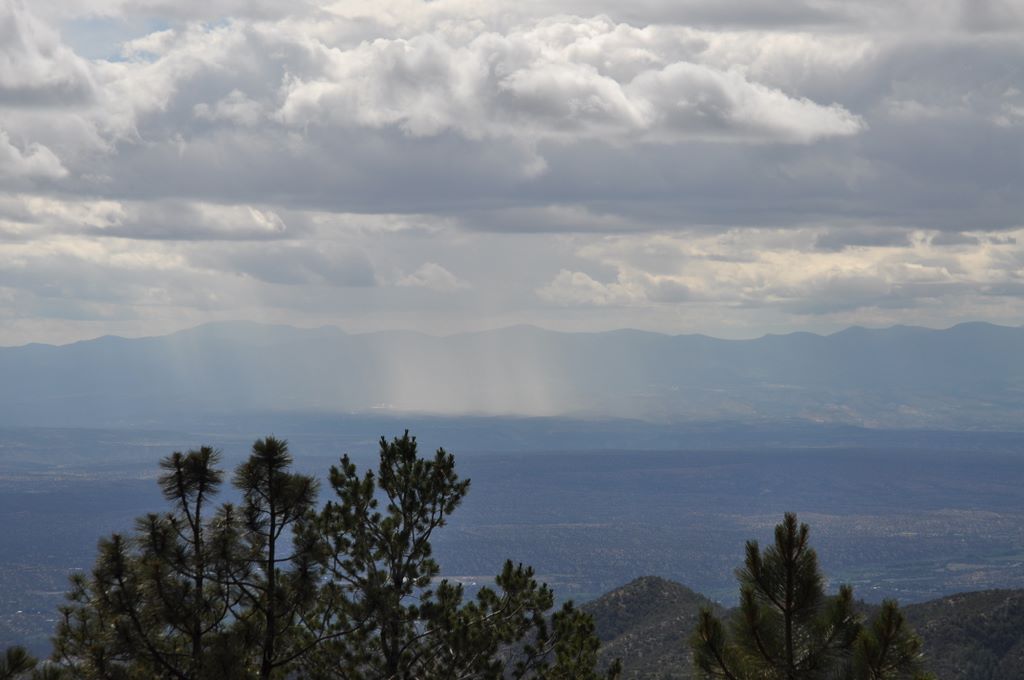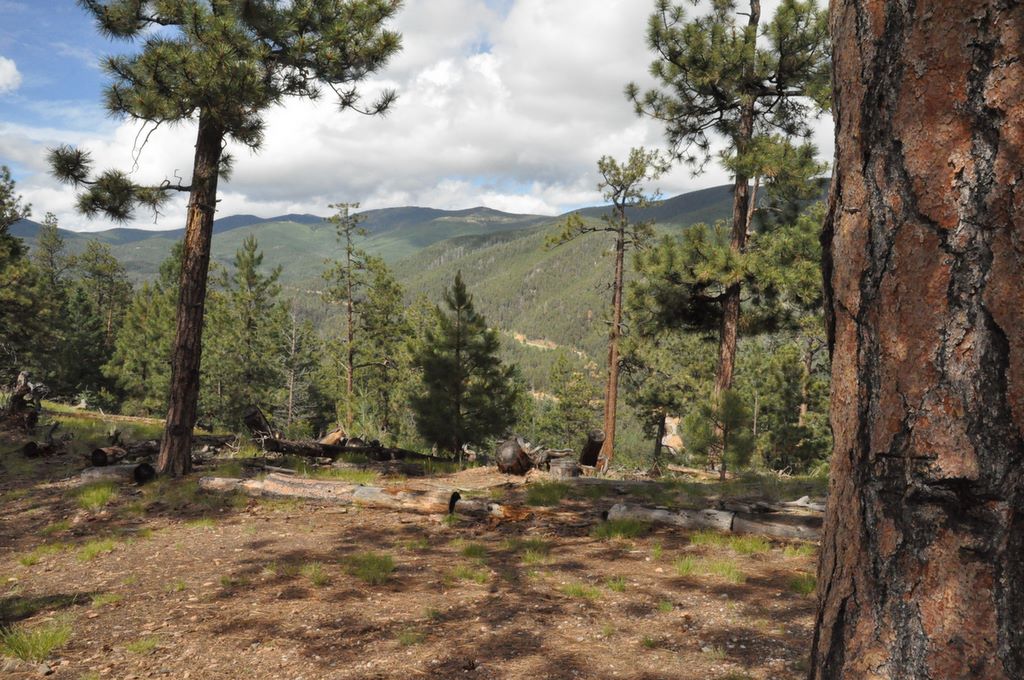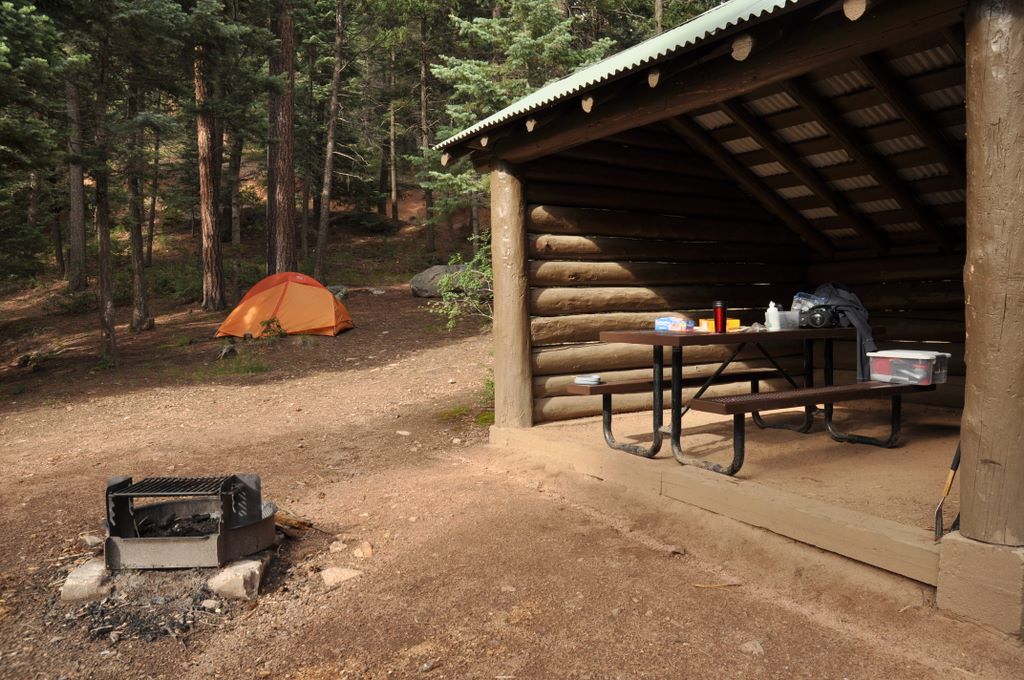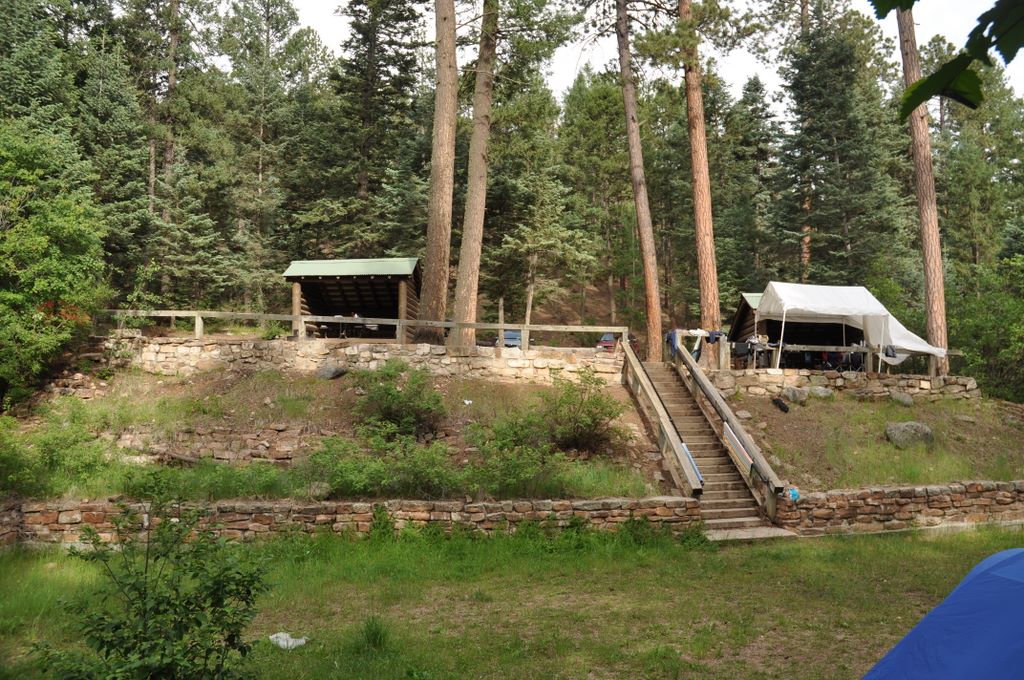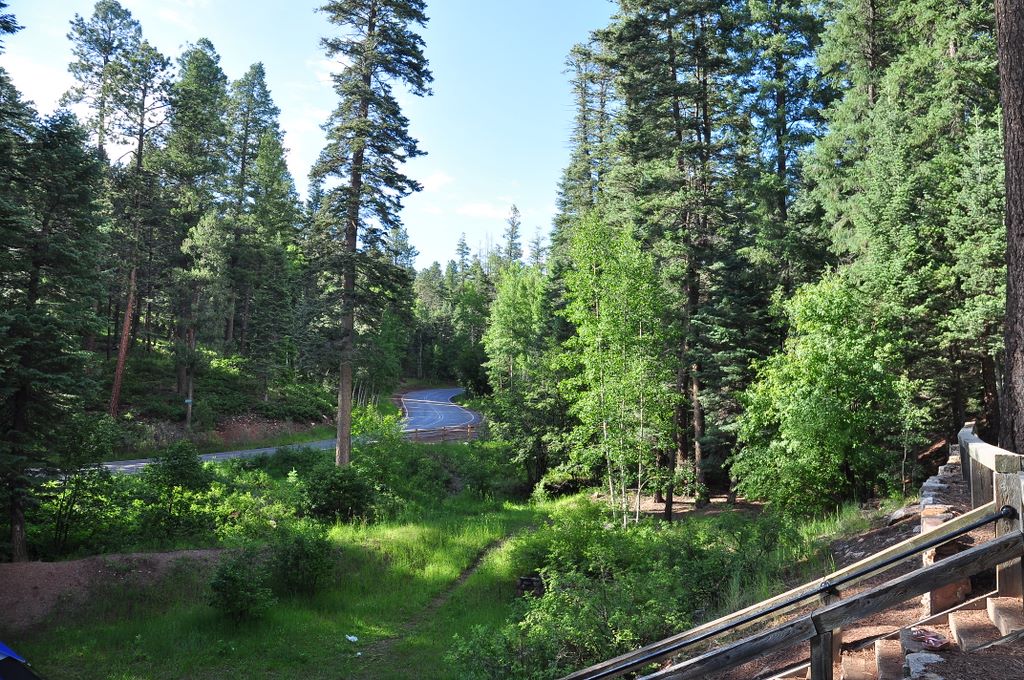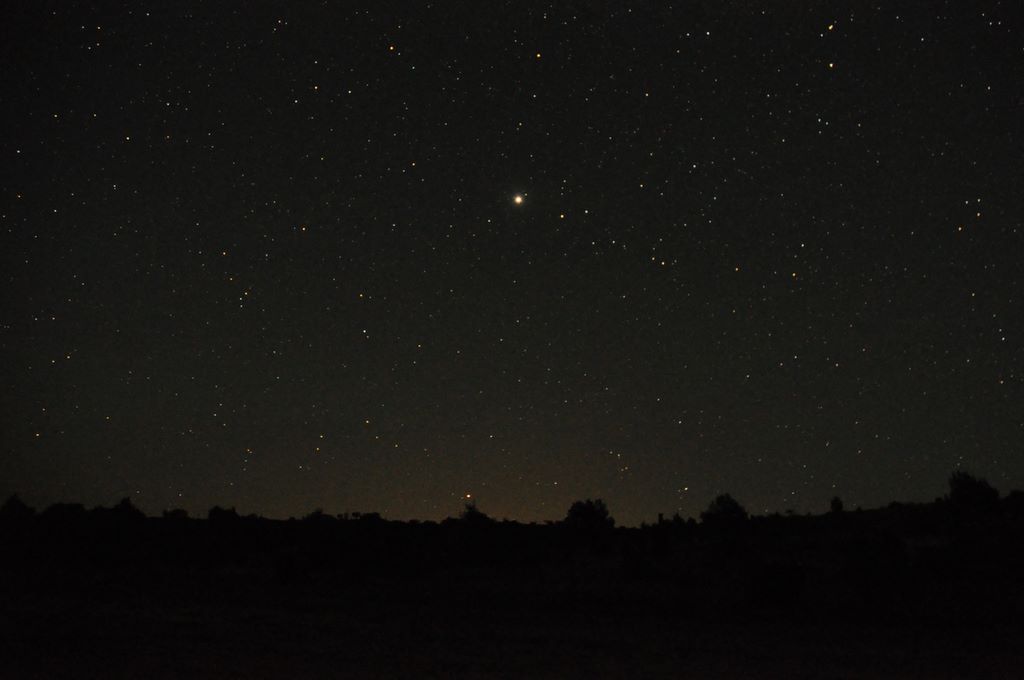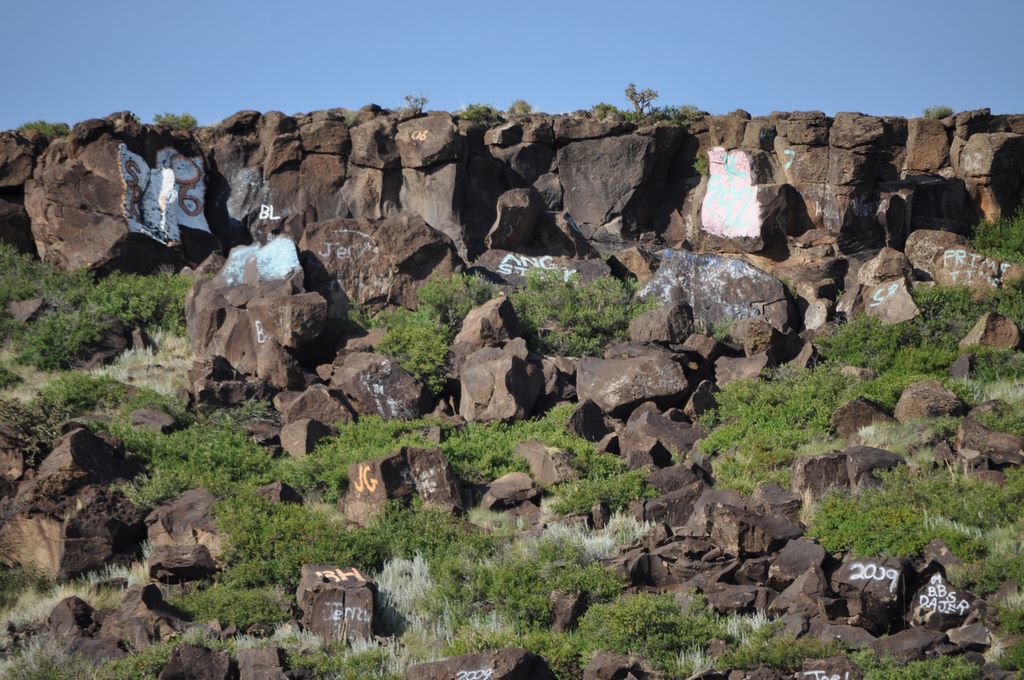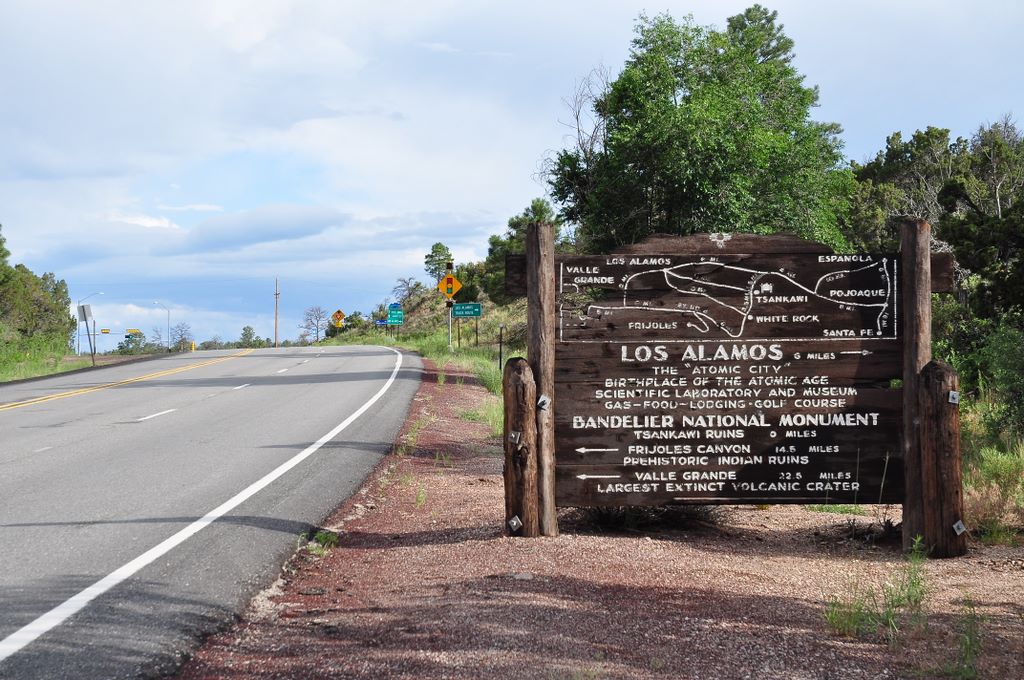
Yesterday I traveled from Santa Fe, New Mexico across the valley to Los Alamos and needed somewhere to camp. The map showed Bandalier National Park nearby with a campground so I figured that would be safe, reliable and cheap.
This morning when I woke up I packed up my campsite and figured I ought to see what this park is all about instead of just going straight to Los Alamos. I'd never heard of Bandalier before and figure you probably haven't either. The website search suggested it was an ancient human settlement in a canyon with the opportunity to see what ancient human cave homes looked like. I'm not real excited at this point.
Like a little kid, I'm not much for museums and places where all I can do is look at things and learn about them. I need to touch & feel and experience things in order to appreciate them.
From the entrance of the park I take a two lane road through the desert for a while until it comes to a point where it overlooks a canyon. Ok, it's scenic, I take a few pictures.
Then the road winds steeply down the canyon into a green tree covered valley. I park at the visitor's parking lot and walk through a visitor's center to get on the main trail. It's like a nature walk for a while with little markers pointing out native shrubbery and what not. I keep walking.
In the center of the canyon is the ruins of an ancient village. It's basically four to five foot high rock formations each a little squareish structure that are all connected to one another in a curved shape. There is a single round structure nearby called a Kiva that was the center of religious ceremonies. This is interesting and I take a few pictures but struggle to find a good shot that shows scale and depth and anything compelling.
After that I keep walking on the trail as it winds up to the base of the sheer canyon walls. It was here that the ancient people would carve out spaces in the walls and make homes out of them. As the trail begins in this area the visuals improve and I'm gaining interest.
Then, to my surprise, we get to the first area where you can climb ladders and go into some of the preserved cave spaces. And at this point I'm hooked. A National Park that is interactive and exploratory is a big win in my book.
The trail goes up and down rudimentary stairs, winds around and has some interesting twists and turns. Along the way there is plenty to see and imagine what life would have been like living here such a long time ago.
After I've seen the cave dwellings and taken plenty of shots, I'm feeling good about my time spent here. I follow the trail until it forks with one direction headed back to the visitor's center and another headed to the "Alcove House" with warnings that tell of the 140-foot climb up ladders to the Alcove House and that visitors with health problems for a fear of heights should not attempt to the climb. Oh yes, I am so doing this! I thought in our overly legalistic world danger in Natural Parks such as this would be outlawed?
As I walk the half mile trail to the base of the ladders, certain calculations are going through my head. I'm here alone: what happens if I fall, what could cause me to fall, what do I do if I fall? As well as: What do I do if someone else falls. I like to be prepared for things. This helped me with SCUBA diving and it pays off other situations as well.
When I get to the ladders I watch how other people are climbing. I'm not worried about getting up, I'm more worried about going down. Ladders are easy to climb, but if you don't go slowly and use a slightly different technique going down it's easy to rush, slip and fall.
Climbing the ladders produces instant rewards through better views. Each time I go up a set I'm noting I have to go down backwards, later. When I finally get to the top the Alcove is incredibly large. You could easily fit a small gas station within it. There is one reconstructed Kiva at the top complete with a roof that you can climb a ladder down into one to experience it properly.
I probably spent about 45 minutes at the Alcove, considering what drove the ancient villagers to climb this far up into the side of a canyon. Was it fear of attack from others? From animals? From the elements? From all of that? Probably.
When I'm satisfied I've gotten enough, I start going back down alone with no one to spot me. I move slowly and carefully with each calculated move. My anxiety starts to go away after I've been down a ladder flight or two. I take lots of pictures hoping that for once they catch the depth of the scene so my friends can see just how incredible this experience is.
Once I reach the bottom I have to stop for a while and look up. It's so far away and the people are so small now -- I didn't even notice them so high up when I first arrived here.
This has been a very rewarding experience. I'm completing the hike back to the visitor's center when it starts to rain. I'm thinking about basic, smooth wooden ladders wet with rain and oil from people's hands. I think if I were up in the Alcove during the rain, I'd probably just stay up there a while and not think about going down again.
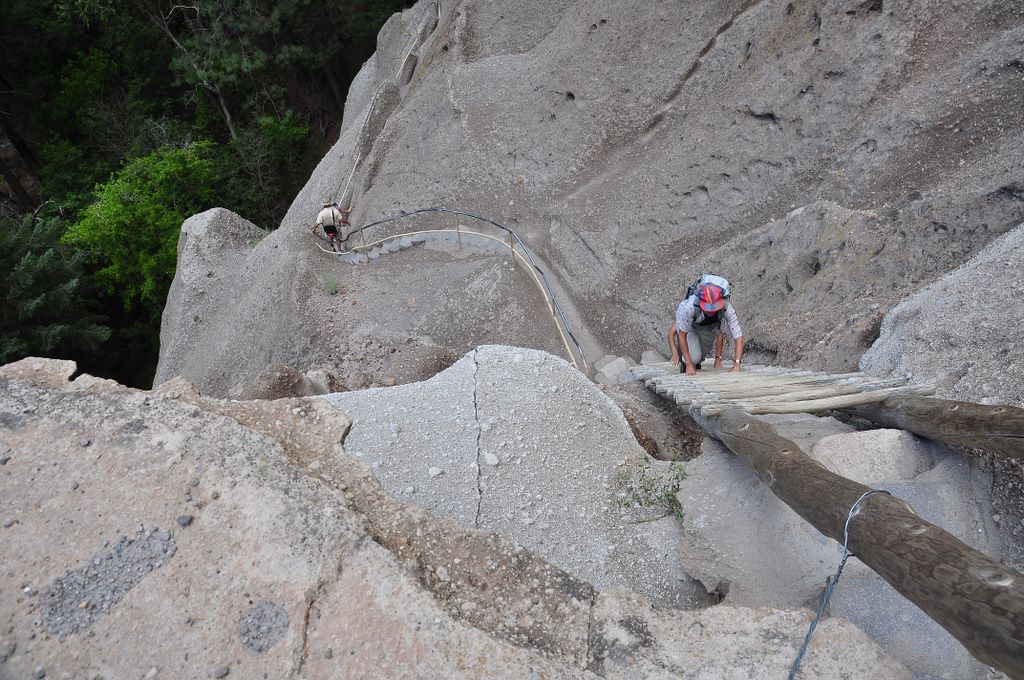
>Click here to view my full set of photos on Picassa Web Albums






